Ceramic tiles have long been a popular choice for homeowners and businesses alike due to their durability, versatility, and aesthetic appeal. However, when undertaking a tiling project, it is crucial to consider the cost of ceramic tile per square foot to make informed decisions. In this article, we will explore various factors that influence the pricing of ceramic tiles and provide useful insights for budgeting purposes. 1. Types of Ceramic Tiles: The cost of ceramic tiles can vary significantly depending on the type chosen.

.
 There are three primary types to consider: porcelain, terracotta, and glazed ceramic tile. Porcelain tiles tend to be the most expensive due to their dense and durable composition, making them ideal for high-traffic areas. Terracotta tiles, known for their rustic appeal, are relatively affordable. Glazed ceramic tiles, available in a wide range of designs, fall within a moderate price range. 2. Design and Finish: The design and finish of ceramic tiles can significantly impact their price per square foot. Intricate patterns, detailed artistry, and custom designs tend to raise the cost. Similarly, tiles with unique finishes, such as matte, glossy, or textured surfaces, may be pricier than their plain counterparts. It’s essential to consider the desired aesthetic appeal and the corresponding impact on the budget.
There are three primary types to consider: porcelain, terracotta, and glazed ceramic tile. Porcelain tiles tend to be the most expensive due to their dense and durable composition, making them ideal for high-traffic areas. Terracotta tiles, known for their rustic appeal, are relatively affordable. Glazed ceramic tiles, available in a wide range of designs, fall within a moderate price range. 2. Design and Finish: The design and finish of ceramic tiles can significantly impact their price per square foot. Intricate patterns, detailed artistry, and custom designs tend to raise the cost. Similarly, tiles with unique finishes, such as matte, glossy, or textured surfaces, may be pricier than their plain counterparts. It’s essential to consider the desired aesthetic appeal and the corresponding impact on the budget.
..
 3. Tile Size and Thickness: The size and thickness of ceramic tiles directly affect their cost per square foot. Larger tiles, such as 24×24 inches or 36×36 inches, are often more expensive than smaller, standard-sized tiles. Thicker tiles, typically used in heavy-duty applications, may also be pricier due to the increased material required for manufacturing. It’s important to consider both the visual effect and practicality of larger or thicker tiles in relation to the overall project cost. 4. Grade and Quality: Ceramic tiles are classified into various grades based on their quality and durability. Higher-grade tiles, usually marked as Class 1 or Class 2, are often costlier due to superior materials and manufacturing processes. These tiles tend to have enhanced resistance to impacts, scratches, and discoloration, making them a long-term investment. However, it’s essential to strike a balance between quality and budgetary constraints.
3. Tile Size and Thickness: The size and thickness of ceramic tiles directly affect their cost per square foot. Larger tiles, such as 24×24 inches or 36×36 inches, are often more expensive than smaller, standard-sized tiles. Thicker tiles, typically used in heavy-duty applications, may also be pricier due to the increased material required for manufacturing. It’s important to consider both the visual effect and practicality of larger or thicker tiles in relation to the overall project cost. 4. Grade and Quality: Ceramic tiles are classified into various grades based on their quality and durability. Higher-grade tiles, usually marked as Class 1 or Class 2, are often costlier due to superior materials and manufacturing processes. These tiles tend to have enhanced resistance to impacts, scratches, and discoloration, making them a long-term investment. However, it’s essential to strike a balance between quality and budgetary constraints.
…
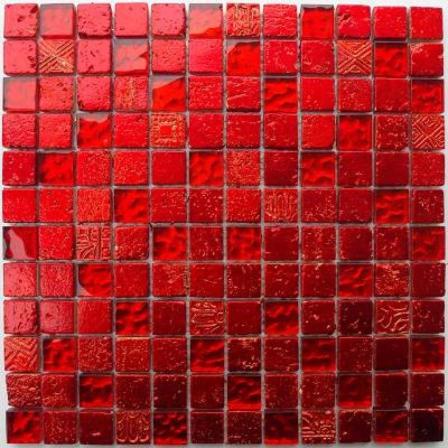 5. Additional Costs: When considering the cost of ceramic tile per square foot, it’s crucial to account for additional expenses. These may include adhesive, grout, trim pieces, underlayment, and labor costs for installation. It is recommended to obtain multiple quotes from reputable contractors or installers to ensure accurate budgeting. Conclusion: When planning a tiling project, understanding the cost of ceramic tile per square foot is vital for staying within budget while achieving the desired outcome. Taking into account factors such as tile type, design, size, thickness, grade, and additional costs will help in making informed decisions. By carefully considering these aspects, one can strike a balance between quality, aesthetics, and expenditure when investing in ceramic tiles.
5. Additional Costs: When considering the cost of ceramic tile per square foot, it’s crucial to account for additional expenses. These may include adhesive, grout, trim pieces, underlayment, and labor costs for installation. It is recommended to obtain multiple quotes from reputable contractors or installers to ensure accurate budgeting. Conclusion: When planning a tiling project, understanding the cost of ceramic tile per square foot is vital for staying within budget while achieving the desired outcome. Taking into account factors such as tile type, design, size, thickness, grade, and additional costs will help in making informed decisions. By carefully considering these aspects, one can strike a balance between quality, aesthetics, and expenditure when investing in ceramic tiles.

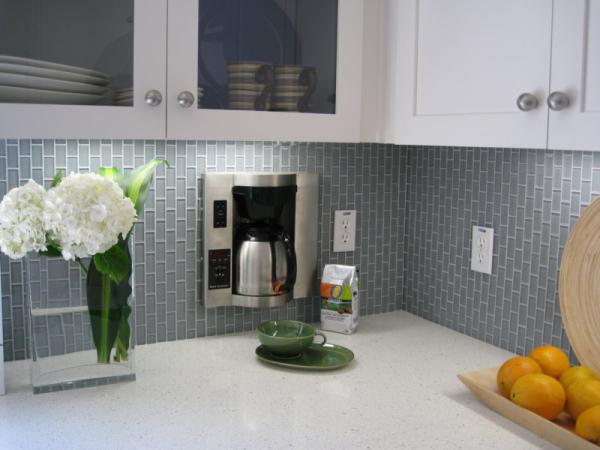
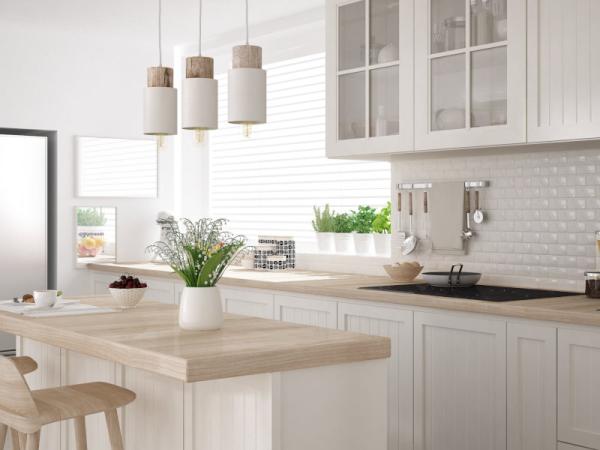
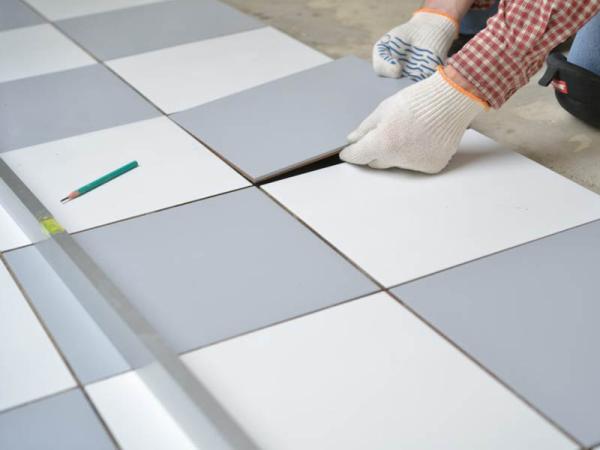


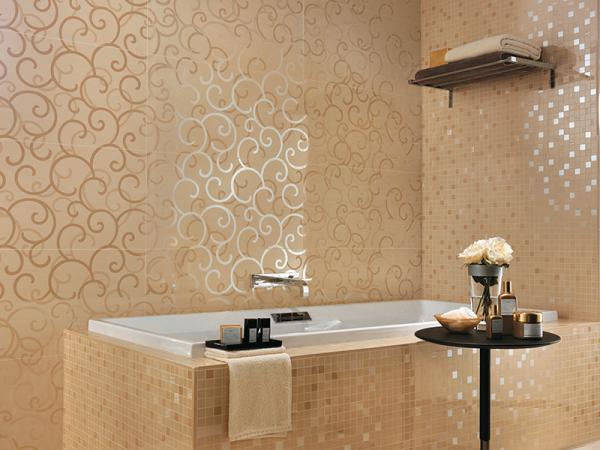
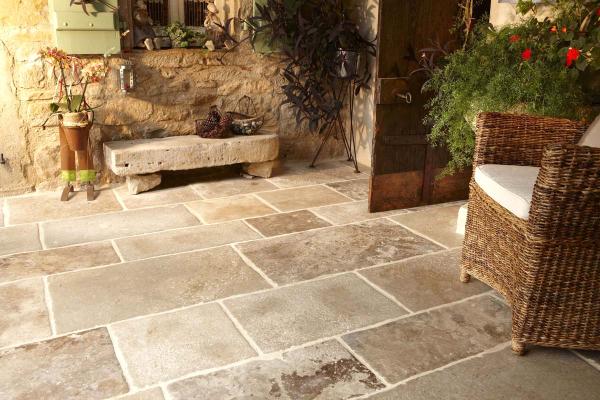

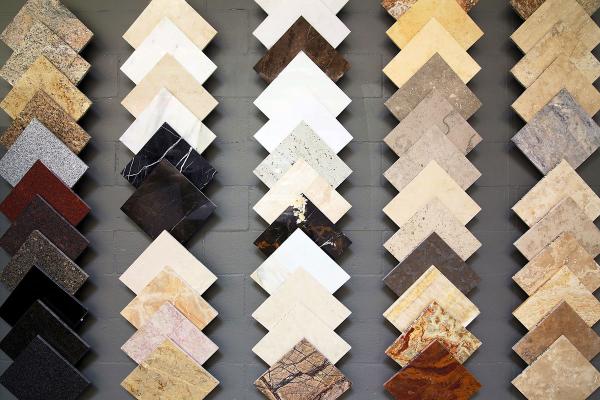
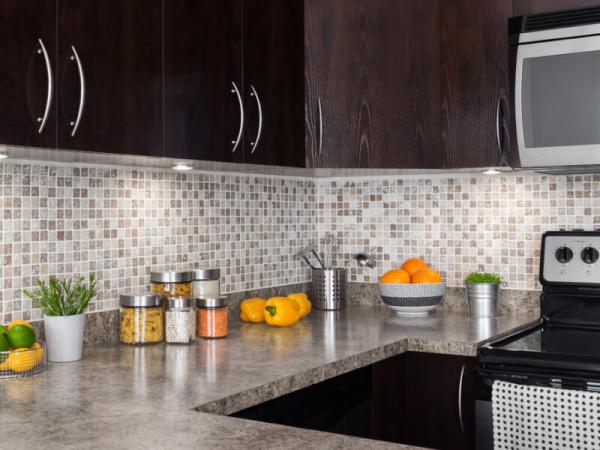
Your comment submitted.